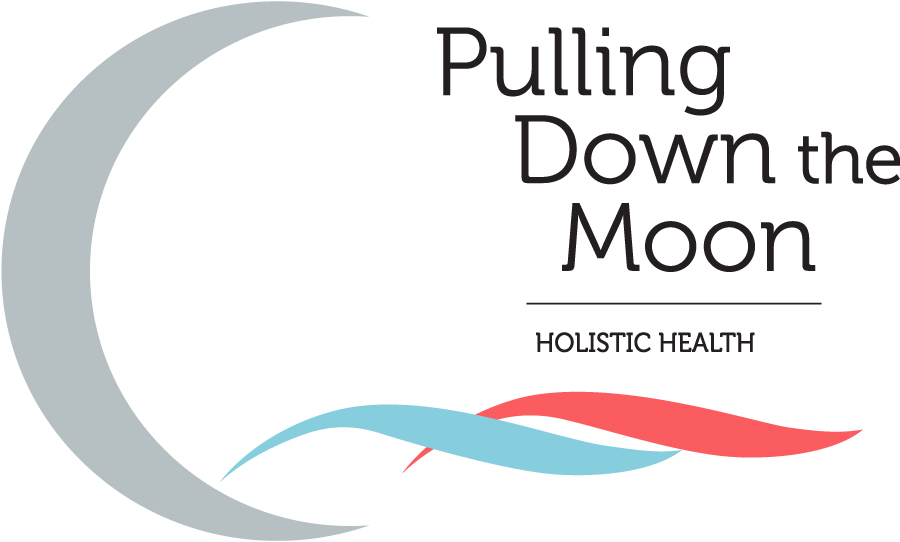Demystifying Insulin Resistance and the Impact on Fertility and Pregnancy

Insulin resistance is a common component of polycystic ovarian syndrome (PCOS), but did you know many other women have insulin resistance as well. The presence of insulin resistance prior to pregnancy is associated with increased risk for gestational diabetes, preeclampsia, and having a large baby. How do you know if you’re at risk for insulin resistance? If you have PCOS, prediabetes, or are carrying extra weight, especially in the abdomen, you may have insulin resistance. An estimated 60-75% of women with PCOS have insulin resistance regardless of their weight. If you are concerned that insulin resistance may be an issue for your, talk to your doctor about labs test that can be done.
What is insulin resistance? Insulin is a hormone secreted by the pancreas that helps transport glucose, which is broken down from the carbohydrates we eat, into the cells of our body to be used for energy. When insulin isn’t working effectively to get glucose out of our blood and into our cells, this is called insulin resistance. The pancreas tends to compensate for insulin resistance by pumping out even more insulin leading to elevated insulin levels. These elevated insulin levels seem to be at the root of the elevated androgen/testosterone levels commonly found in women with PCOS. Thus addressing the insulin resistance in PCOS may help lower insulin and testosterone levels and improve menstrual cycle regularity.
If you do have insulin resistance, the good news is that there is plenty you can do with your diet and lifestyle to help your insulin work more effectively:
1) Lose weight if needed. Even a 7% weight loss can help your insulin work better. For example, if you weigh 200#, losing 7% of your body weight is losing 14#. You don’t have to lose weight into a “normal BMI range in order to make a significant impact.
2) Exercise. Exercise moves glucose from your bloodstream and into the cells of the body without the need for insulin. Ideally, if you can exercise at least 150 minutes per week, you can improve your insulin resistance. Getting some exercise, like walking, after meals, especially after high carb meals, is a great way to help manage blood sugar levels.
3) Manage your carb intake. Minimize refined carbs and added sugar. Focus on low glycemic carbs like legumes, vegetables, fruit, and whole grains. Limit starches to ¼ of your plate at meals, and practice filling half your plate with non-starchy vegetables.
4) Include protein with all your meals and snacks. Including protein helps ensure your meals and snacks are satisfying and keep you full for at least a few hours. When protein is paired with carbs, it slows the absorption of carbs into the bloodstream leading to a more gradual rise in blood sugar levels.
References:
- https://www.ncbi.nlm.nih.gov/pmc/articles/PMC4179873/
- https://www.ncbi.nlm.nih.gov/pmc/articles/PMC3277302/
Check out our upcoming webinar for more information on this topic with our NEW SERIES: Beyond the Blog!! Join us on Monday, October 21st at 6pm CST for “Yoga and Nutrition for PCOS and Beyond”!
Are you looking to manage your PCOS, weight, and/or insulin resistance? Make an appointment with one of our Registered Dietitians today!
Share on Social
Discuss With Us
Our Latest Resources



